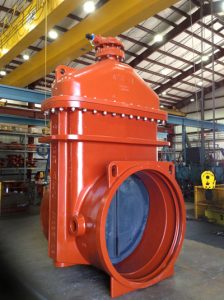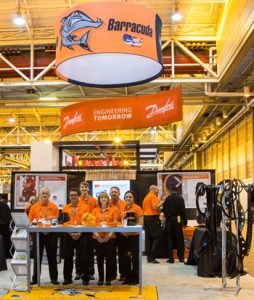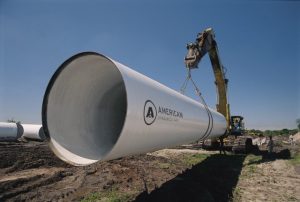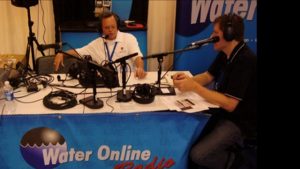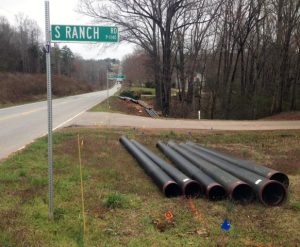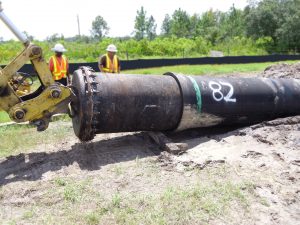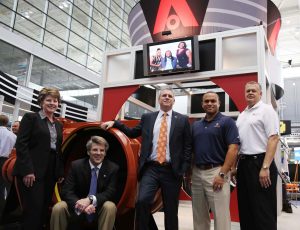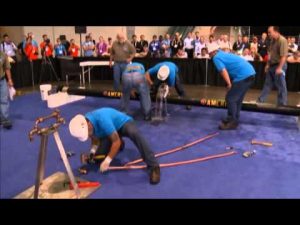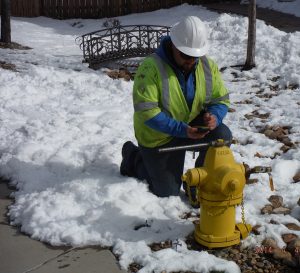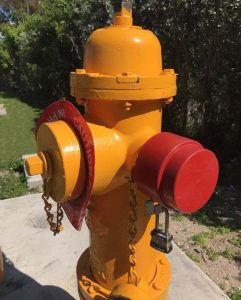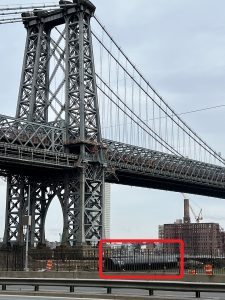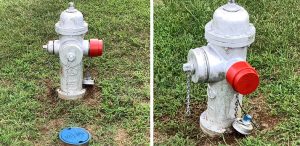Weighing in at nearly 30,000 pounds and with a height of more than 13 feet, AFC’s 60-inch Series 2500 Flex-Ring boltless restrained joint valve is the first and the largest resilient wedge gate valve in the industry without flanged ends.
Read MoreCategory: Water and Wastewater
Specification Rubber Products introduced its new BarracudaTM restrained joint gasket to the water industry at the annual Water Environment Federation’s Technical Exhibition and Conference (WEFTEC) in New Orleans, Louisiana, this week.
Read MoreIn January 2014, Discovery Science Channel’s How It’s Made Episode 13 included a segment on the making of spiral-welded steel pipe. The segment was filmed at AMERICAN SpiralWeld in Columbia, South Carolina. Click here to view.
Read MoreAMERICAN Marketing Services Manager Maury Gaston talks with the hosts of Water Online Radio about recent innovations in the water industry and how water systems can increase energy efficiency and lower pumping costs by installing ductile iron pipe.
Read MoreA growing trend among U.S. cities and counties is installing parallel water and wastewater pipelines to address future needs. With this type of forward thinking, utilities are able to reduce maintenance issues and expenses. So, when Oconee County, South Carolina, was looking to provide sewer services for its Golden Corner Commerce Park to bring new industry to the area, the decision was clear: Two wastewater pipelines would be installed side by side in the same trench.
Read MorePasco County Utilities has made headlines in the waterworks industry as a pioneer in the application of horizontal directional drilling (HDD). HDD is a technique in which pipe joints are assembled above ground and then pulled through a hole drilled under natural and manmade obstacles. HDD allows for environmentally friendly pipe installations under wetlands, rivers, creeks, highways, railroad tracks, buildings and other obstacles.
Read MoreAMERICAN showcased its products and services to more than 11,000 water industry professionals who fund, design, build and operate water systems at ACE14 in Boston, Massachusetts.
Read MoreIt took just over one minute for the SADM San Miguel Team to tap into a piece of AMERICAN ductile iron pipe and win top honors at this year’s National Pipe Tapping Competition.
Read MoreCastle Rock, Colorado, is a town on the cutting edge of managing its water, wastewater and storm water system assets with the help of the Hydrant and Valve Inspector from AMERICAN Flow Control (AFC) and Trimble Navigation.
Read MoreAt the American Water Works Association’s 2014 Conference and Exhibition, AMERICAN Flow Control Territory Manager Rick Ratcliffe received the John Lechner Award of Excellence. Also, AFC’s “Revolutionary Flow Control” ad received Journal AWWA’s Silver Award for Excellence.
Read More